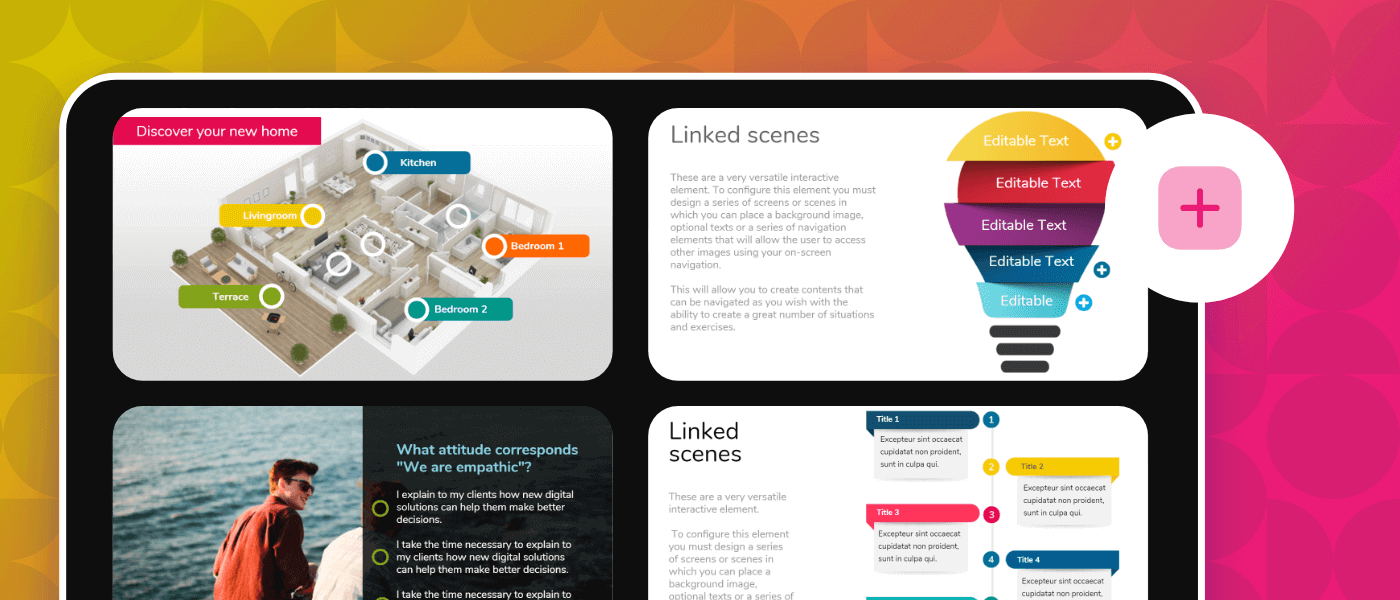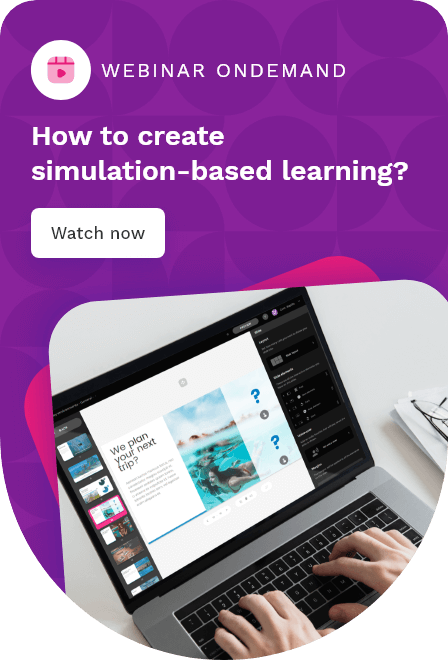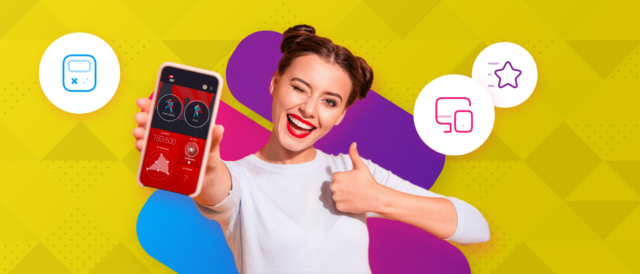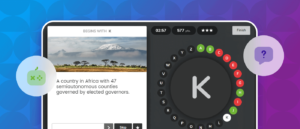Table of contents
ToggleMost corporate training programs aim to ensure professionals acquire the knowledge and skills necessary to perform their functions. It’s essential to offer engaging, flexible, and compelling content to achieve this. In this sense, e-learning platforms have become the preferred choice for most organizations.
When the training goal is to get professionals to change behavior, more than increasing their knowledge is required. Learning processes that test their ability to make decisions and deal with the consequences are necessary. A new interactive learning tool, branching scenarios, has emerged to address this problem. In this article, we will tell you about this form of learning.
What is a branching scenario?
Branching scenarios are interactive forms of learning that offer the learner specific paths within the learning content. These paths will depend on the learner’s choices, so the story unfolds unpredictably as the learner makes decisions.
In other words, a branching scenario challenges the learner to decide and then presents the consequences. Each consequence opens the door to new challenges or decisions to be made so that as the user progresses, they will better understand the outcome of their actions.
Decision scenarios transform the learning experience into engaging and relevant, allowing professionals to apply the knowledge learned in realistic scenarios and see the results. This immediate feedback is precious regarding reinforcing knowledge: it helps professionals create a deeper connection between the online experience and the situations they will face in their work.
What are branching scenarios for?
In many real work situations, there is no right or wrong answer, only one more effective than another. A good example might be customer service interactions. There are no exact guidelines for getting it right or wrong, but the professional must still respond to customers best. In this situation, corporate training must provide employees with learning solutions that offer multiple paths and outcomes. This is something that branching scenarios can achieve.
Decision scenarios are perfect for testing or putting theoretical knowledge into practice through interactive, non-linear navigation modules. They are best suited to create simulation-based learning when training professionals in decision-making or situation-management skills.
In e-learning, branching scenarios have proven to be very efficient in acquiring decision-making and soft skills such as leadership, communication, and problem-solving. In risk training, they’re also effective and safe tools, as they show results that may be too dangerous to be performed live.
Need some examples? Branching scenarios are the perfect option to present the work facilities to new employees in their onboarding process using an interactive map. In simulation-based learning, to emulate something that cannot be provided. In corporate culture training, to introduce the organization’s history through timelines.
How are branching scenarios different from other e-learning elements?
You may be wondering why you should choose decision scenarios over the other interactive elements of e-learning. We will take quizzes as a comparative example to answer this question since they both challenge and provide feedback.
The most crucial difference between branching scenarios and questionnaires or assessments is that these are usually linear. And what does this mean? Well, regardless of what the student answers, the next question will always be the same. On the other hand, decision scenarios are unpredictable for users: new challenges will be presented depending on each answer.
Another significant difference is the focus of these tools. While quizzes focus on testing the knowledge acquired, branching scenarios focus on the student learning practical solutions to real-life situations. For example, in a decision scenario, it’s not as important to know the name of a customer service technique as it is for the professional to empathize with the problem and find a solution.
The feedback is also different in these two tools since a quiz will inform the learner whether they got an answer right or wrong. In contrast, branching scenarios will accept the chosen option and show the user the consequences of their decision so that they can understand whether they got it right or wrong and even try to improve it by trying again.
Why should you use branching scenarios in your e-learning training?
Branching scenarios are the ideal solution for learning content that requires the more active participation of the students. They are attractive, fun, effective, and also offer multiple advantages:
Improves commitment
In any corporate training, employee engagement in learning is fundamental. Traditional forms of education, which involve hours of reading and listening, are not the most attractive option for the modern learner. Branching scenarios, on the other hand, are, since they invite the learner to stop being a mere observer and participate actively, something that involves them emotionally and motivates them to continue.
Improves retention
As professionals make decisions, they will learn from their mistakes and absorb the information better. The concepts will begin to have greater relevance, so employees can experience the consequences firsthand, which helps to keep the knowledge in their memory longer.
Provides a safe space for practice without the risks of the real world
Imagine that your corporate training is intended to teach employees how to close deals with important customers. Instead of training them in a real environment to practice their communication and problem-solving skills (at the risk of damaging relationships with real customers), a simulator can provide them with realistic dialogues. As they make decisions, different paths in the story will open up, showing them the right ways to achieve their goals.
Enables students to learn from their mistakes
Learning from mistakes is the most natural way of learning, which is why this is one of the most significant advantages of branching scenarios. This modality makes it possible for mistakes to have no real consequences during training. Employees will be able to experience how a right or wrong decision can completely change the results and, simultaneously, realize which skills they need to develop to succeed in their careers.
Adapts to learners’ needs
Not all employees have the exact training needs, and that is where the decision scenarios make the difference in training. With this tool, learning is customized to suit the needs of each learner. For example, dialogue simulations can be the perfect solution if one or more professionals need to reinforce their communication skills.
#3 Examples of branching scenarios with linked scenes from isEazy Author
IsEazy Author allows users to create and include branching scenarios with pre-designed templates in any e-learning course easily and intuitively. To do so, you can use the branching scenes, an interactive element that allows you to simulate many situations and exercises.
isEazy Author’s linked scenes will enable you to create from simple settings to complex decision trees. The best thing is that you have branching scenarios templates that help you develop simulations in minutes. Here are 3 examples of what you can achieve with this interactive element:
1. Interactive maps with different levels
This branching scenario example shows you “your new home.” As you can see, the floor plan of a house shows from a top position each space delimited and identified. When users select one of the areas, for example, the kitchen, the simulation will take them to the next scene, where they can see each element of the room in more detail. In turn, they will be able to see other elements, such as the sink, and when they select it, they will be taken to the next scene, where they will be able to take a closer look at this element.
This is a simple example of an interactive map with different levels, which would be: the floor plan, the kitchen, and the sink. Imagine the results you could achieve by using an interactive map to onboard your new employees!
2. Didactic maps with different levels
In this branching scenario example, we created an interactive solar system map. In the first scene, we can see the planets orbiting around the sun, and when we select one of these elements, such as the earth, we go to the second scene. In it, we can find detailed information about this planet and even some links that will take us directly to further information.
This didactic map allows professionals to discover concepts individually and expand the information as they interact in each scenario, being the perfect tool for learning concepts or understanding processes.
3. Application simulations or prototypes
Our last example of branching scenarios with linked scenes is ideal for learning how to use applications or prototypes. In this opportunity, we find the first scene that invites us to learn about the product IsEazy Author! Following indications such as “Click on sign up free,” we will navigate through each set, teaching us how to start using this tool.
As you can see, this interactive tool allows you to create content to navigate through. Doing so is very simple; you just have to design a series of scenes with a background image or several layers of images and text. You can add navigation elements to access other settings to simulate different exercises or situations.
Are you ready to start using the best authoring tool on the market? With isEazy Author, you can create spectacular courses in minutes. Design and customize your e-learning courses 3 times faster with our intuitive interface and ready-to-use interactive elements. Increase the engagement of your classes and create professional e-learning courses like never before. Try it for free!













